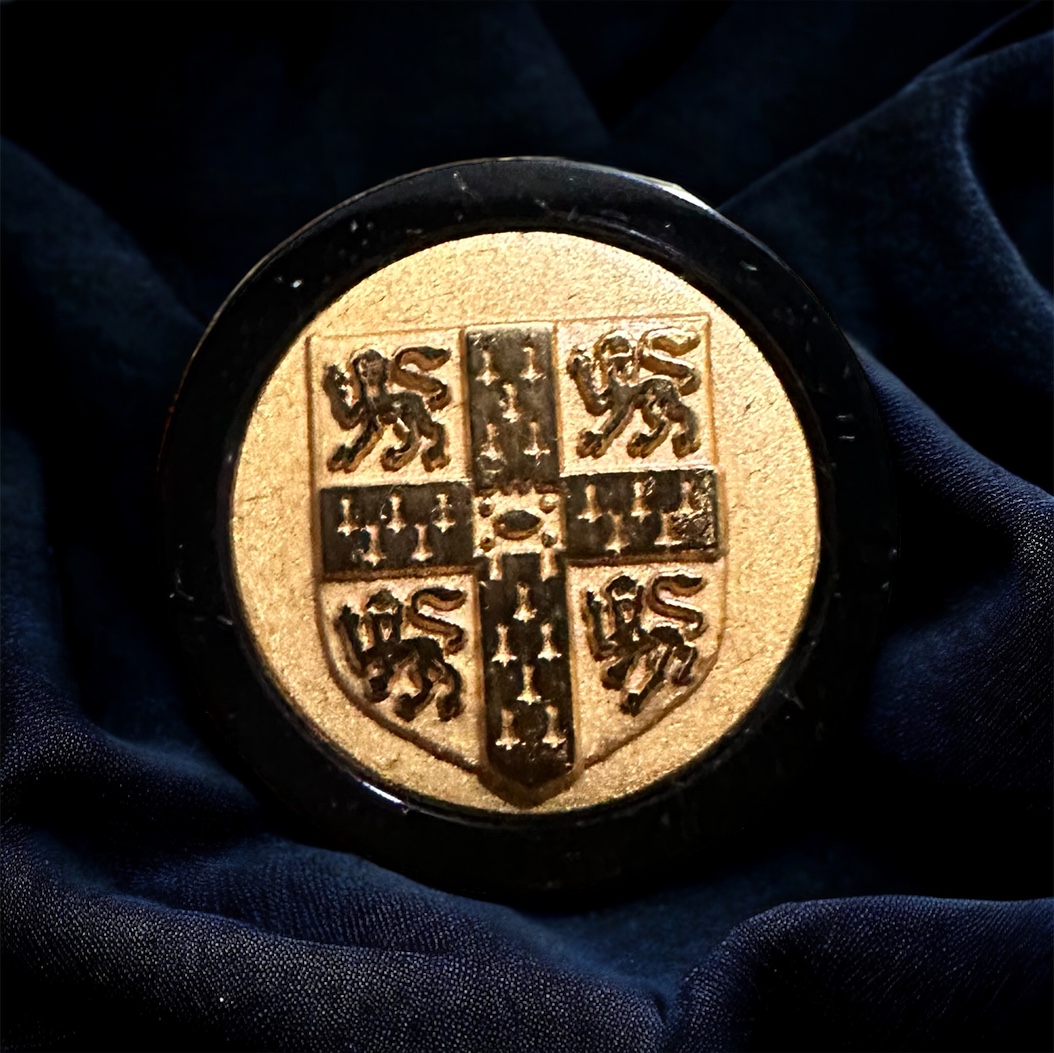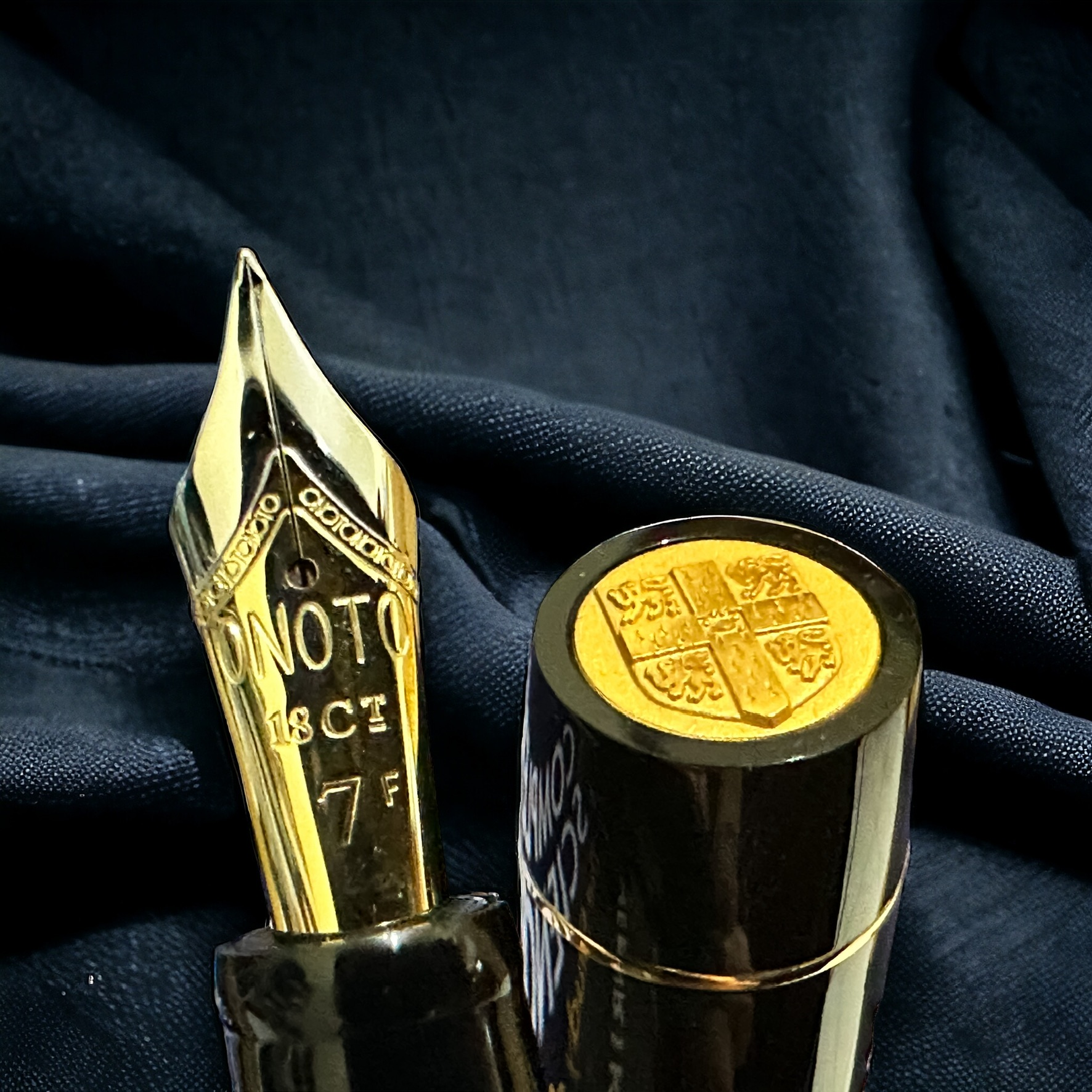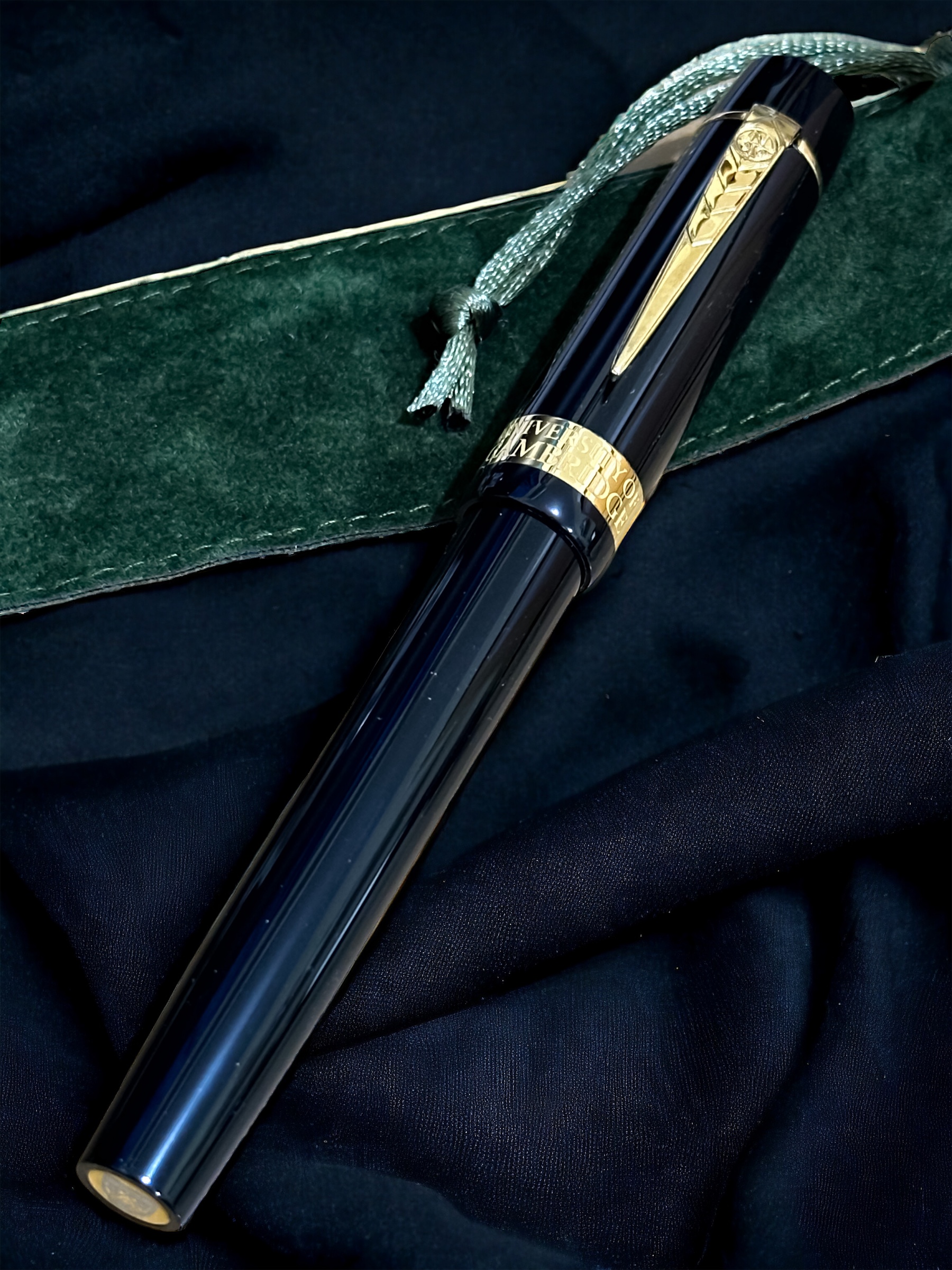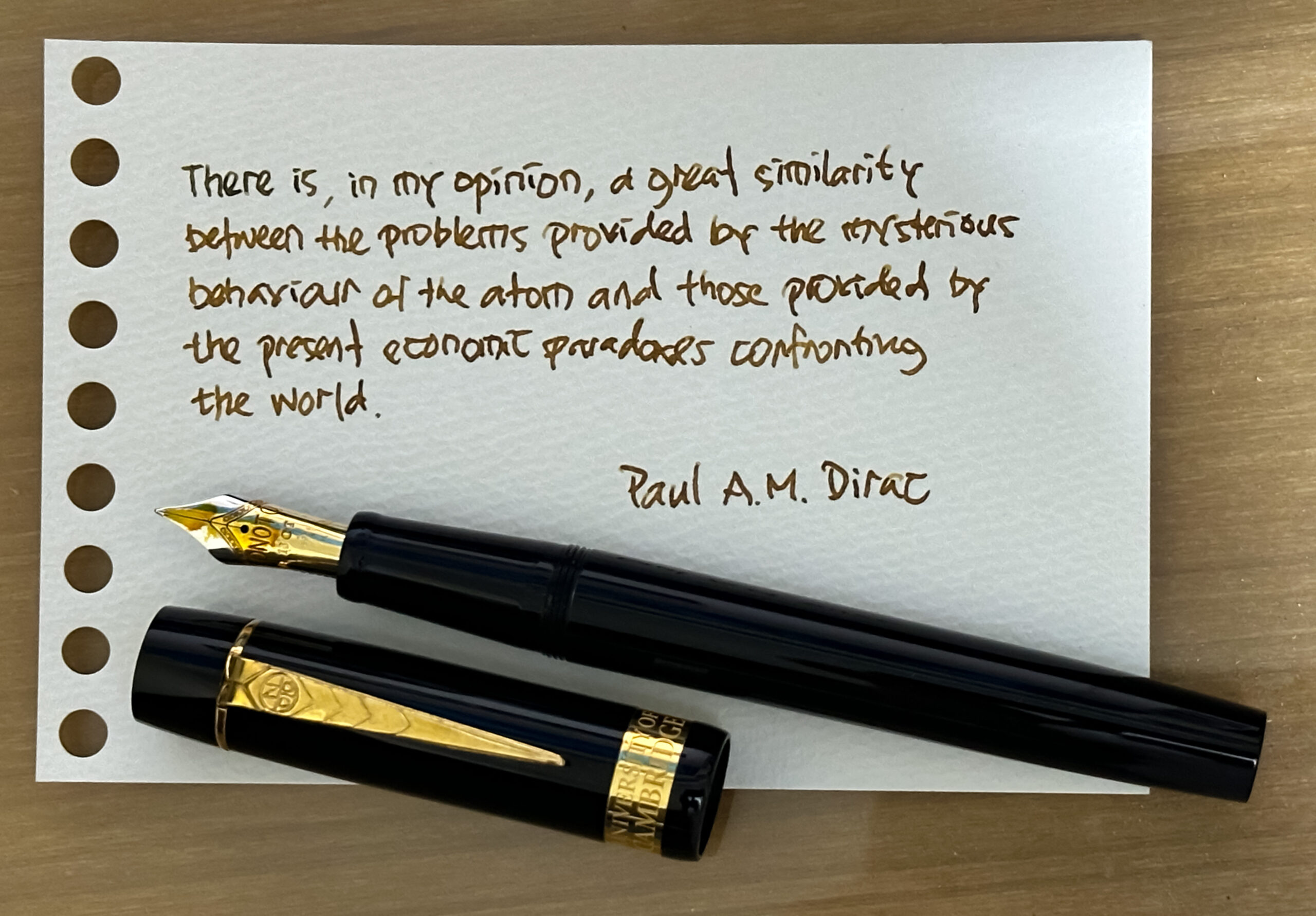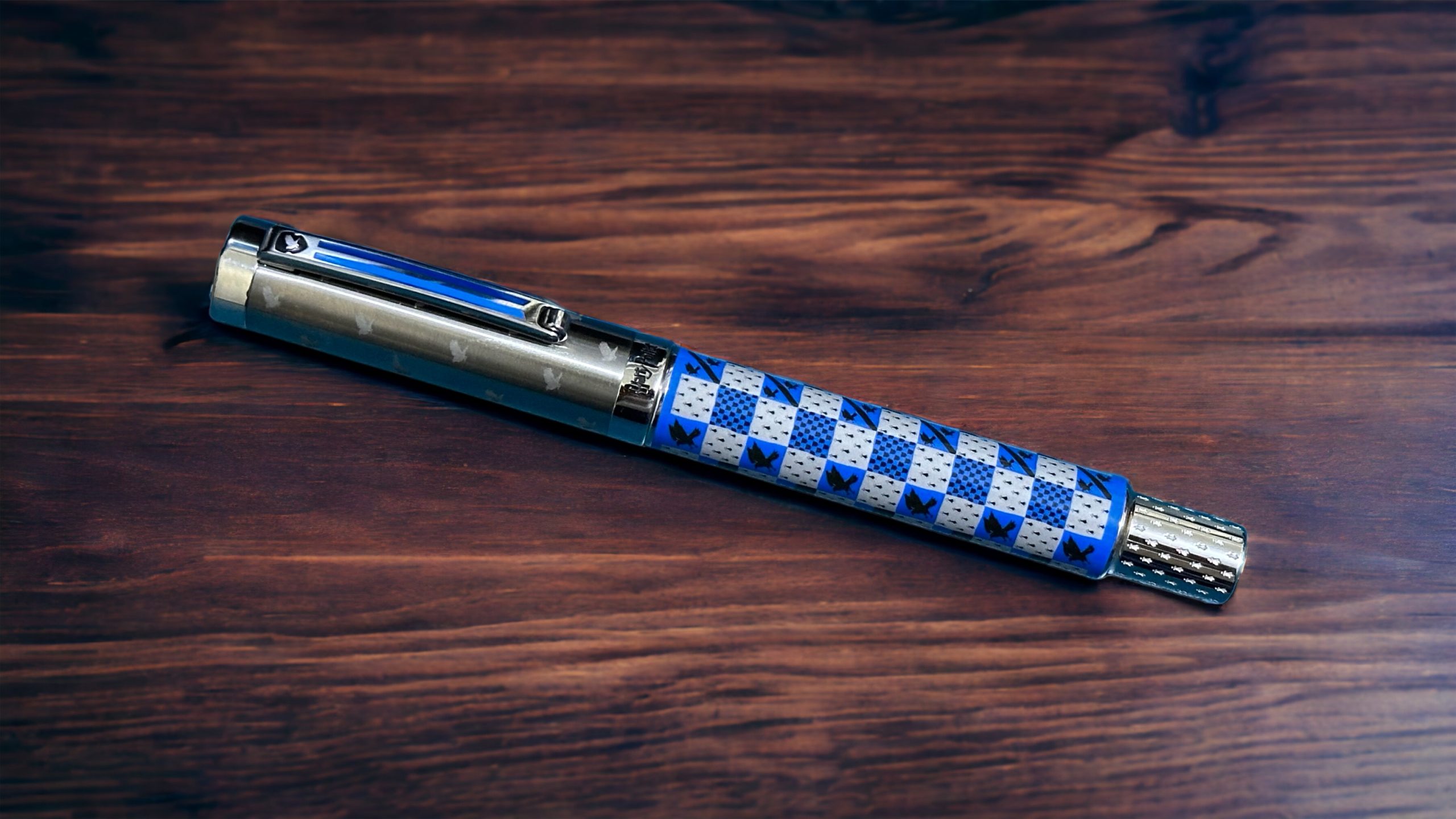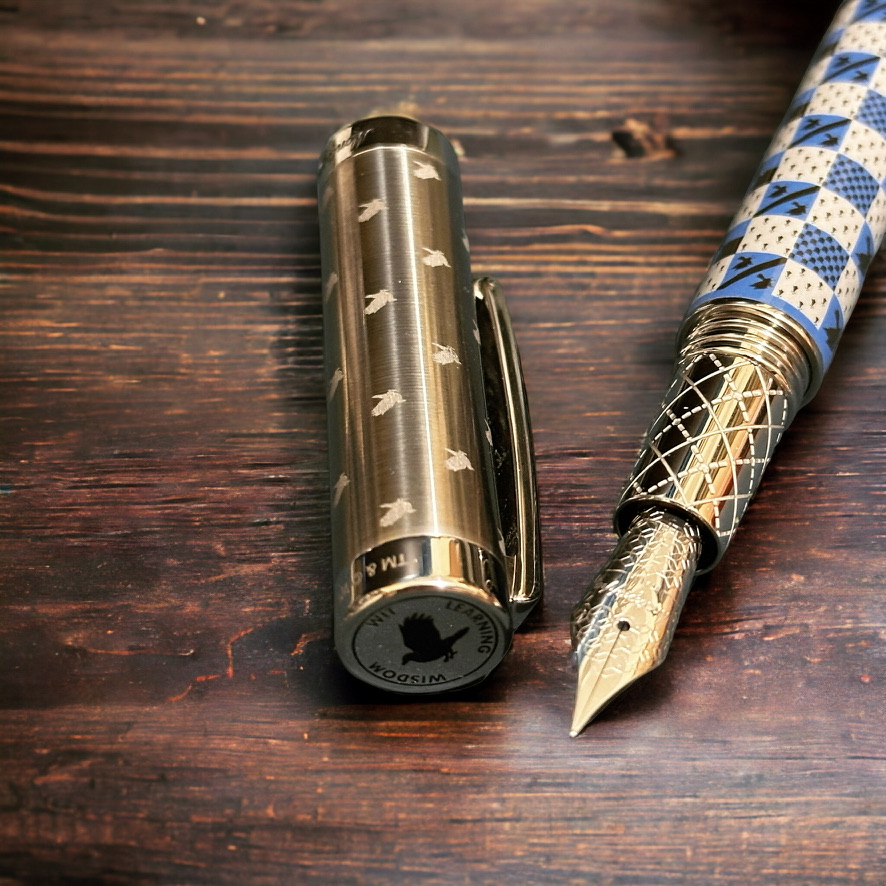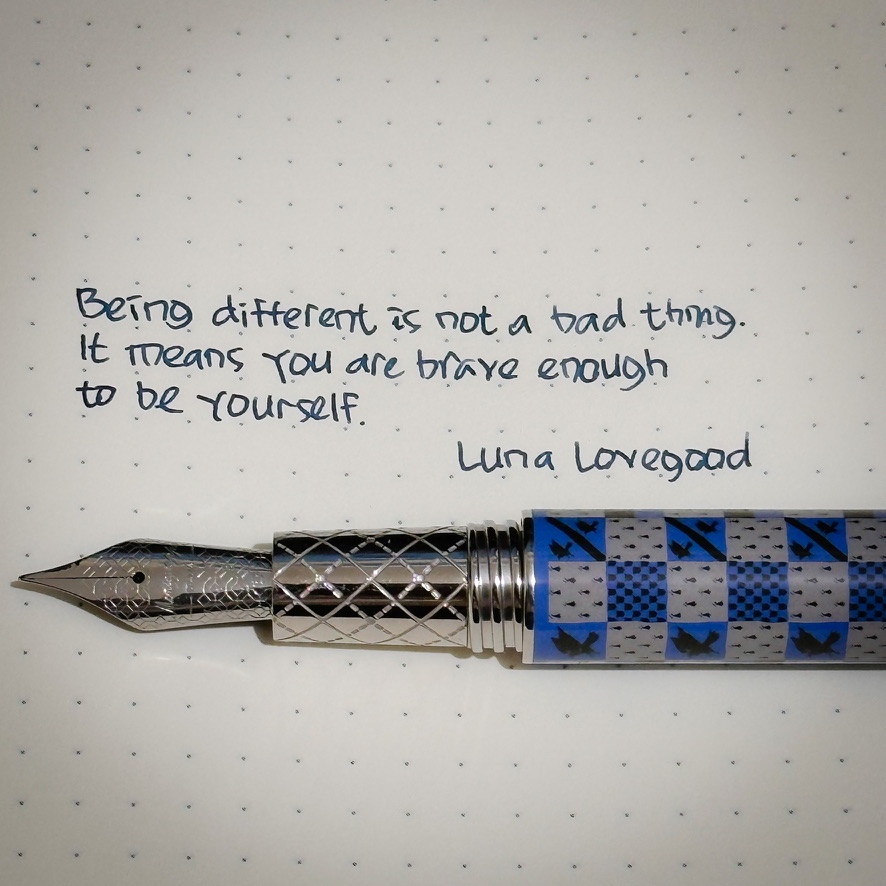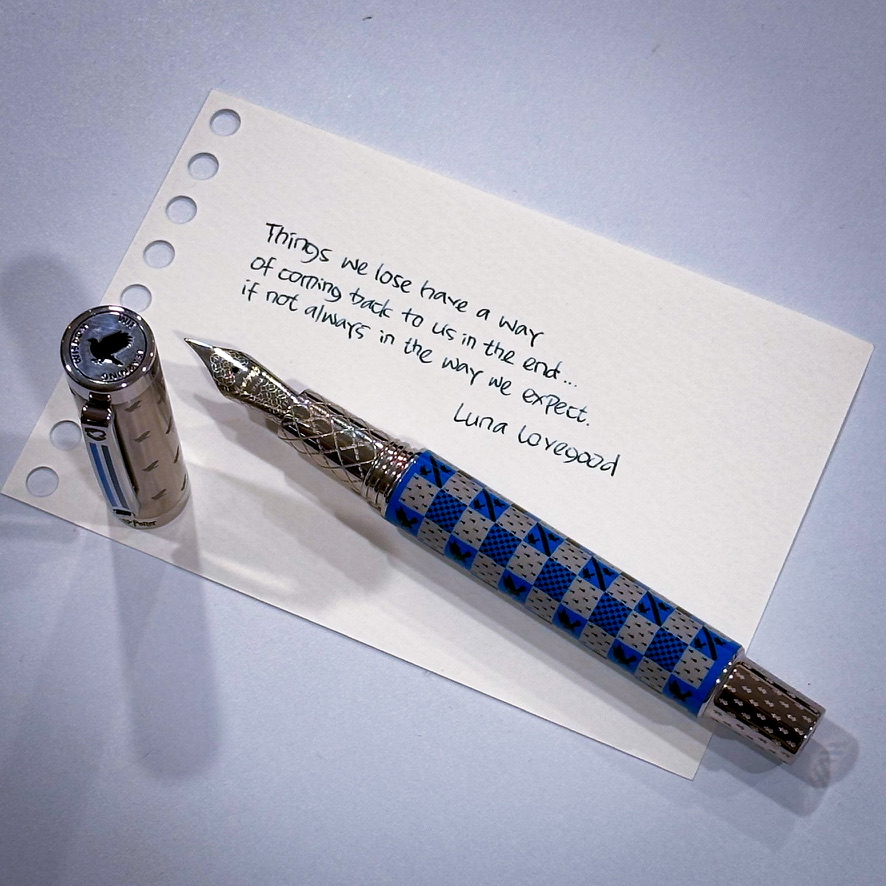Goethe, born in Frankfurt, 28 August 1749, stands as one of the most commanding figures in European literature. He contributed and innovated in the era of Enlightenment, the Sturm und Drang movement, Romanticism, and the dawn of modernity. His influence in literature is matched by his engagement in botany, colour theory, anatomy, and the natural sciences, making him the archetype of the polymath. His vision of Weltliteratur, or world literature, envisaged a global dialogue of ideas and creativity that transcended borders. In philosophy, he placed the restless striving of the individual at the centre of his moral and artistic universe. His insights into human nature, society, and the interplay between reason and passion have inspired writers, thinkers, and leaders across cultures for more than two centuries. His Faust remains among the most translated and performed plays in the world, not simply as a theatrical work, but as a philosophical journey through the meaning of desire, action, and redemption.

In tribute to his life, Montblanc has created the Writers Edition Homage to Johann Wolfgang von Goethe, a fountain pen whose design is infused with symbolic references to Goethe’s works and thought. The one in my collection has an F-size Au750 nib, engraved with an image inspired by Delacroix’s lithograph of Mephistopheles flying over a nocturnal city: a visual echo of Faust. The pen’s soft blue lacquer recalls the Juno Room in Goethe’s Weimar residence, a space of refined reflection, while the marble-like texture alludes to The Sorrows of Young Werther. Gold-coated fittings and the distinctive leaf-shaped clip reference his botanical studies, particularly The Metamorphosis of Plants. Even the gently curved cap, reminiscent of a chemist’s jar, honours Goethe’s scientific endeavours.

In Faust Part I, Goethe gives us the portrait of a man dissatisfied with the limits of human knowledge, who turns to Mephistopheles in pursuit of ultimate understanding and sensual experience. The story is personal and tragic, centred on Faust’s relationship with Gretchen, whose innocence is destroyed by his actions. It is a meditation on the perils of unrestrained ambition when it is inwardly focused, heedless of the human cost. Goethe gave a warning on the destructive potential in the human yearning for more when it serves only the self.

Faust Part II shifts the scale dramatically to an allegory of civilisation, art, politics, and creation. Faust moves beyond the pursuit of pleasure toward grand projects that seek to shape the world, culminating in a vision of land reclaimed for the benefit of future generations. Mephistopheles becomes less a corrupter and more an agent through whom creation is paradoxically advanced. In the end, Faust dies still bound by the pact, yet is saved, not through moral perfection, but through unending striving toward the better. Goethe’s mature philosophy emerges here: redemption lies in the act of perpetual becoming, drawn upward by beauty, love, and the creative will.

This philosophical journey is reflected in the Montblanc Goethe pen not merely through ornament, but through deliberate symbolic layering. Besides the engraving of Faust on the nib, the leaf clip speaks to transformation, echoing the moral metamorphosis of Faust himself, from self-absorption toward the service of higher ideals. The chemist’s jar-like cap is a nod to Goethe’s fusion of poetic imagination and scientific method, an acknowledgment that the quest for truth may be pursued along many parallel paths.

The choice of the soft, almost powdery blue for the cap and barrel is not merely decorative. It anchors the pen in the physical memory of Goethe’s personal surroundings, creating an emotional connection between the writer’s hand and the space in which Goethe himself contemplated his ideas. The marble-textured finish recalls not only the aesthetic of Werther’s world but also the enduring quality of Goethe’s influence, as if carved into the intellectual architecture of modern thought.































